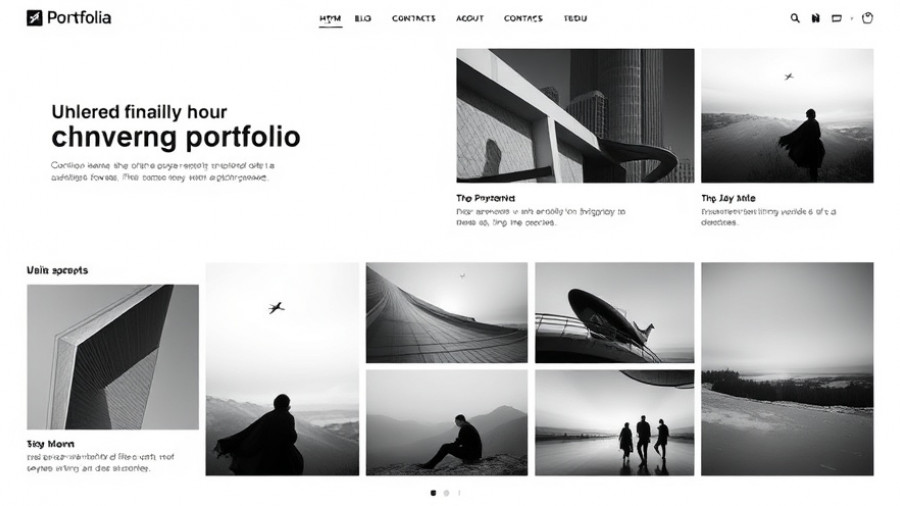
Why a Strong Designer Portfolio is Essential
In today's visually demanding job market, having a professional designer portfolio is crucial for anyone looking to stand out. Your portfolio is not just a collection of your past works; it’s a testament to your skills, creativity, and problem-solving abilities. How you present your work can significantly influence hiring decisions.
Crafting Your Story: What Makes a Portfolio Shine
A successful designer portfolio should do more than showcase your best projects; it should tell a coherent story about your design journey. Each piece should reflect your technical skills, conceptual thinking, and most importantly—your personal style. As you develop your portfolio, focus on presenting a limited number of high-quality projects that resonate with your target audience. This targeted approach helps potential clients and employers understand what you can bring to their specific needs.
Top Tips for Effective Portfolio Presentation
When putting your portfolio together, here are some practical tips:
- Update Regularly: An outdated portfolio can misrepresent your current skills. Regularly refresh your portfolio with new work that aligns with your career goals.
- Focus on Quality: Showcase 12-15 of your strongest pieces rather than overwhelming viewers with all of your work. Each project should have a clear narrative.
- Choose the Right Platform: Utilize platforms like Behance, Adobe Portfolio, or even social media to share your work. Each platform has unique advantages that can help you reach different audiences.
The Benefits of Using Professional Templates
Creating a portfolio from the ground up can be daunting. That’s where professional templates come into play. Using tools like Adobe InDesign or Figma can significantly streamline the process, allowing you to focus on the design itself rather than the layout. High-quality templates are built on design principles that help you present your cases effectively and consistently.
Actionable Insights: Steps to Take Today
To make the most of your portfolio, consider these next steps:
- Review your existing projects to ensure they reflect your best work.
- Utilize a professional template to create a polished look.
- Make sure the navigation of your portfolio is user-friendly so visitors can easily access all your projects.
By applying these insights, you can create a designer portfolio that not only showcases your work but also communicates your unique value to potential employers or clients.
For small businesses looking to enhance their online presence, remember that well-designed social media headers, covers, and images are essential. Investing in a cohesive visual strategy can significantly boost your brand's visibility.
 Add Row
Add Row  Add
Add 




Write A Comment